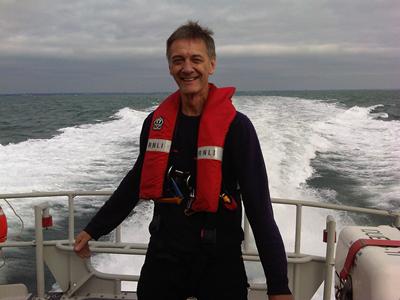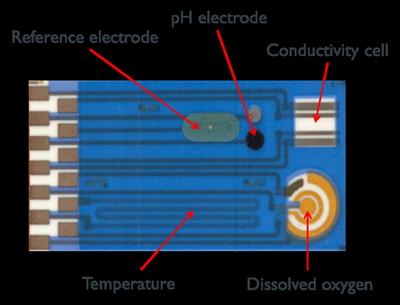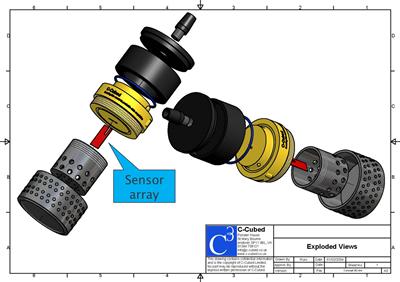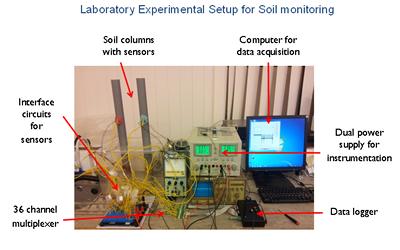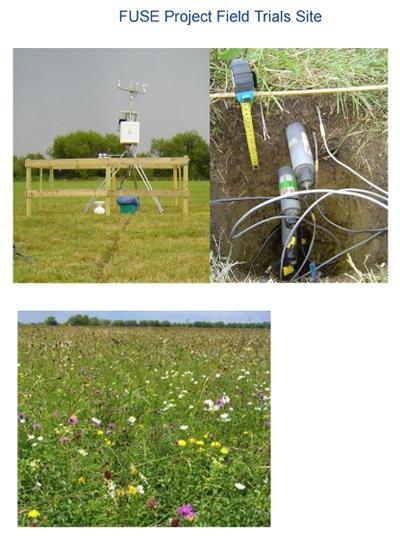Professor John K Atkinson BSc PhD
Professor of Engineering Science

John K Atkinson is Professor of Engineering Science within Engineering and Physical Sciences at the University of Southampton.
John began his career in 1970 as a Merchant Navy Radio and Electronics Officer, initially with the ocean going fleet and later in the offshore oil industry. In 1981 he graduated from the University of Essex with a first class honours degree in Computer Engineering. He was subsequently employed as a Senior Electronics Engineer working on pattern recognition systems for speech, vision and handwritten computer input with Quest Automation Research Limited (a high tech company that was rapidly acquired by the GEC Group) prior to taking up an appointment as a Lecturer at the University of Southampton in the then Department of Electronics. He is currently a Professor of Engineering Science in the Mechatronics Research Group of the Faculty of Engineering and the Environment at the University of Southampton.
John’s research interests include thick film technology, electronic instrumentation and sensors. In particular he has been working in the field of thick film (screen printed) sensor arrays for use in environmental monitoring for many years and during that time has supervised a large number of PhD students to successful completion as well as publishing widely in scientific journals and conferences. Current projects on the development of sensors for water quality and soil monitoring are described under the research tab of this profile.
John is also very active in the teaching of undergraduate and masters students on several courses including Electronics for Mechanical Engineers and Acousticians, Advanced Sensors and Signal Processing, and supervision of individual and group projects. He is also the Programme Leader for the MSc course in Advanced Mechanical Engineering Systems teaching extensively on the course and in particular the most popular theme of Mechatronics. John is responsible for the academic liaison between the Faculty of Engineering and Environment at the University of Southampton UK campus and the University of Southampton Malaysia Campus (USMC) where he is also a member of ‘flying faculty’ teaching on first and second year modules at USMC.
John has been an active consultant to industry since 1982, undertaking a wide range of projects for a variety of clients ranging from small businesses to large multi-national corporations. He has also been a named inventor on numerous patents, filed both in the UK and abroad. He has been an active committee member for various scientific and commercial organisations, including BSI standards committees, and has been involved in the organisation and chairing of many major international conferences.
He is currently editor in chief of the scientific journal Microelectronics International.
